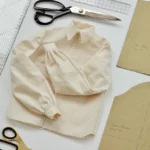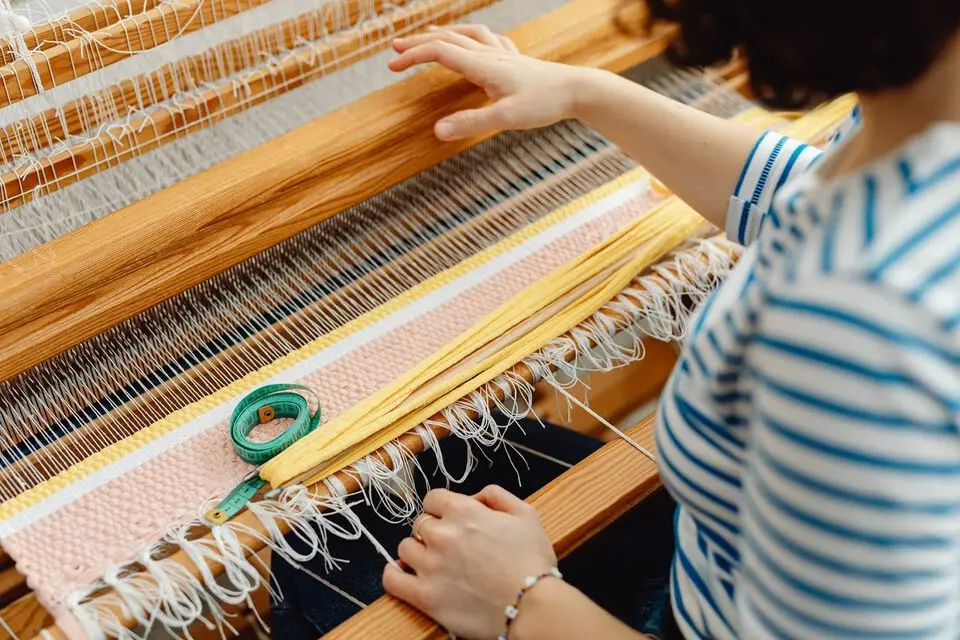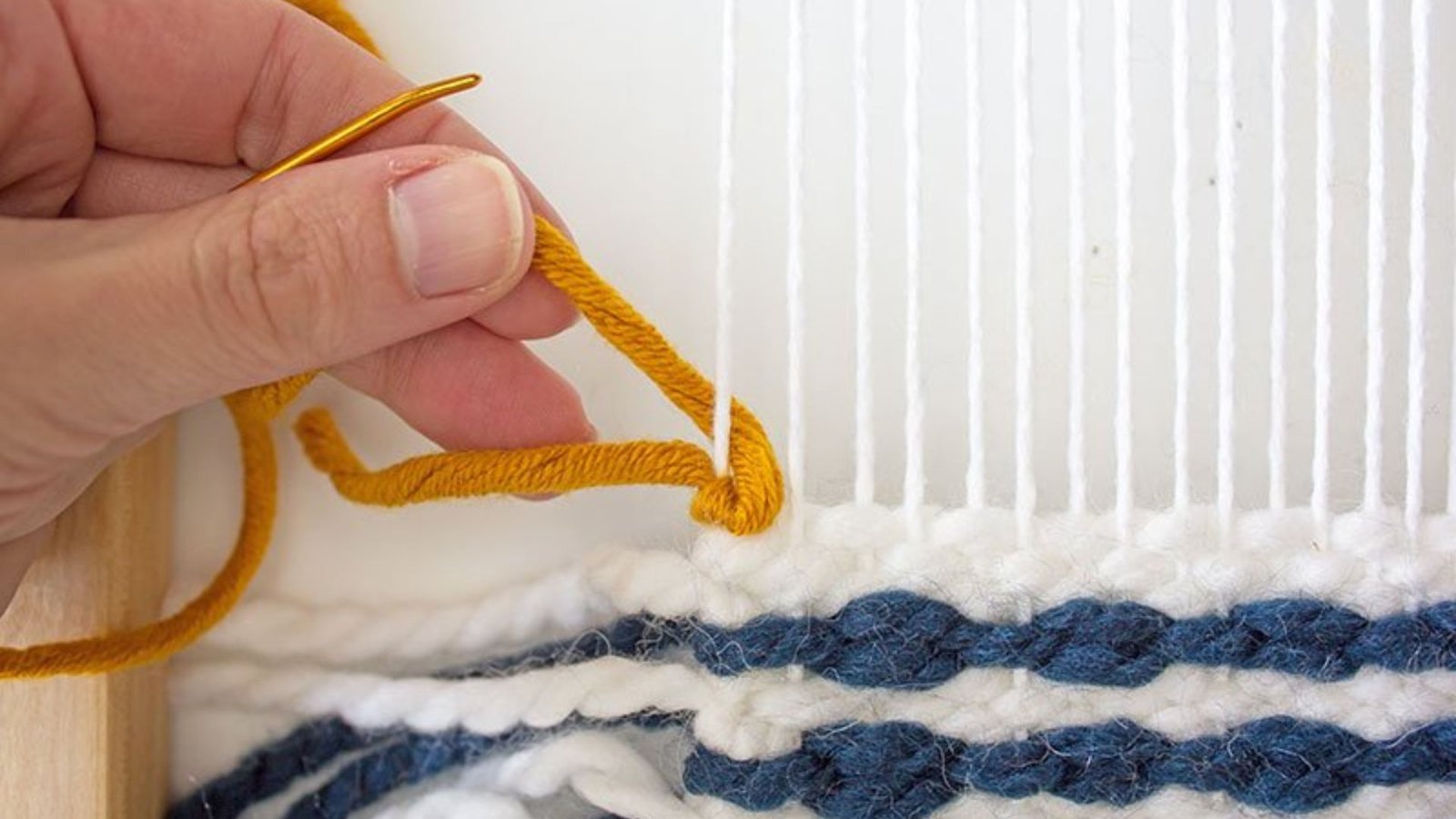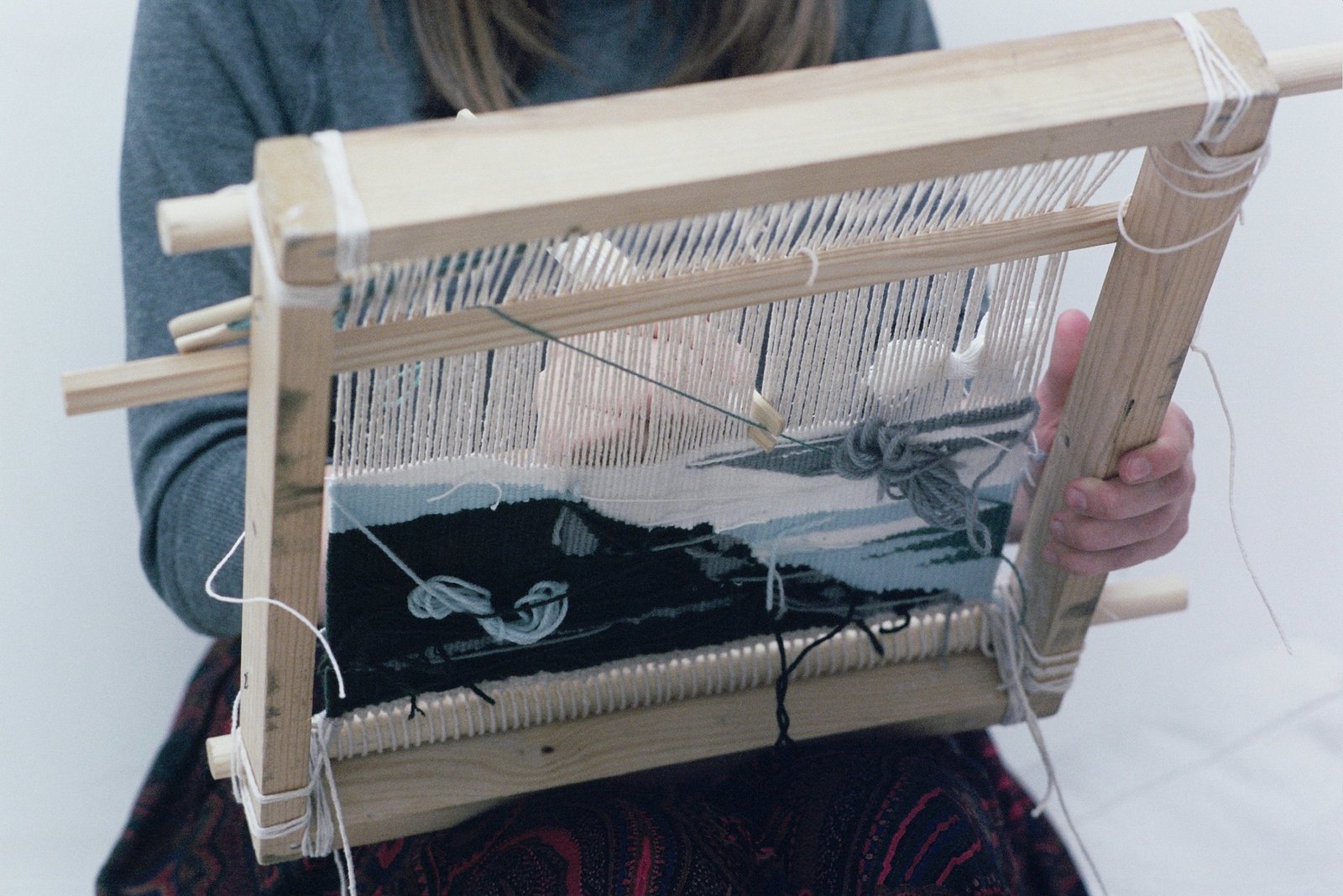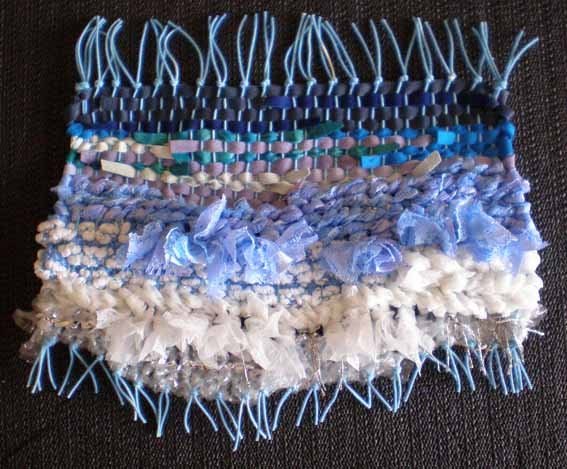Weaving is an ancient craft that has evolved significantly over thousands of years. From primitive hand looms to sophisticated computerized systems, the techniques and tools used in weaving have undergone remarkable transformations. This guide explores the key milestones in the evolution of weaving techniques, highlighting how innovations have shaped the fabric of human history.
As textile arts evolved from simple hand-looms to complex mechanized systems, the sophistication of patterns grew exponentially. Much like the intricate strategies employed by Jackpot Town high rollers in high-stakes environments, master weavers developed complex techniques to create breathtaking tapestries.
The industrial revolution introduced Jacquard looms, using punch cards to automate elaborate designs previously impossible to produce consistently. This technological leap mirrors how modern tools have transformed creative fields across industries.
Contemporary digital looms now integrate computerized systems, allowing artists to push boundaries in textile creation while honoring traditional methods that form the foundation of their craft.
While studying the intricate patterns of ancient textiles, I often reflect on how modern industries also embrace complex systems. The evolution of weaving techniques mirrors advancements in digital interfaces, much like the seamless experience offered by Casino en ligne La Riviera – des machines à sous modernes et lucratives.
Historical looms required meticulous thread arrangement, not unlike today’s sophisticated gaming mechanisms. Contemporary textile artists continue this legacy of innovation, blending tradition with technology. Understanding these parallels helps us appreciate both cultural heritage and modern entertainment.
Early Weaving Techniques
Primitive Looms
The earliest known weaving took place around 5000 BC using basic hand looms. These early looms were simple frames with threads stretched between pegs. Weavers used basic techniques to create simple fabrics for clothing and shelter. The primary technique was the plain weave, where the weft threads were woven over and under the warp threads.
Ancient Egyptian Weaving
Ancient Egyptians advanced weaving techniques around 3000 BC with the introduction of the vertical loom. This loom allowed for more complex patterns and designs. Egyptians used linen, derived from the flax plant, to produce fine fabrics. They also began using dyes and intricate patterns, laying the groundwork for future textile developments.
Medieval Weaving Innovations
The Introduction of the Horizontal Loom
During the medieval period, the horizontal loom became more common in Europe. This loom allowed weavers to create wider fabrics and more intricate designs. The introduction of treadles, which are foot-operated mechanisms, enabled weavers to lift and lower warp threads more efficiently, making it easier to produce complex patterns.
Jacquard Loom
The invention of the Jacquard loom in the early 19th century marked a significant breakthrough in weaving technology. Developed by Joseph Marie Jacquard, this loom used punch cards to control the pattern of the fabric being woven. This innovation allowed for the automatic production of intricate designs and patterns, paving the way for modern textile manufacturing.
Industrial Revolution and Modern Weaving
The Power Loom
The industrial revolution brought about the power loom, invented by Edmund Cartwright in 1785. The power loom mechanized the weaving process, significantly increasing production speed and efficiency. Powered by steam or water, the power loom allowed for the mass production of textiles, transforming the textile industry and making fabrics more affordable and accessible.
Computerized Looms
In the late 20th century, computerized looms emerged, revolutionizing the weaving industry. These advanced looms use computer software to design and control complex patterns, offering precision and versatility. Computerized looms can produce intricate designs with high efficiency, allowing for customization and rapid production.

Contemporary Weaving Techniques
Digital Weaving
Digital weaving represents the cutting edge of weaving technology. This technique involves the use of digital jacquard machines and software to create highly detailed and customized textiles. Digital weaving allows for the production of complex patterns and designs with greater accuracy and flexibility, catering to modern design needs and trends.
3D Weaving
3D weaving is an innovative technique that creates three-dimensional fabric structures. By using advanced looms and materials, weavers can produce textiles with built-in shapes and forms, often used in technical and industrial applications. This technique opens up new possibilities for creating functional and aesthetic textiles with unique properties.
Sustainable Weaving Practices
In recent years, there has been a growing focus on sustainable weaving practices. This includes the use of eco-friendly materials, such as organic cotton and recycled fibers, and environmentally responsible production methods. Sustainable weaving aims to reduce the environmental impact of textile manufacturing and promote ethical practices in the industry.
Conclusion
The evolution of weaving techniques reflects humanity’s ingenuity and adaptability. From primitive hand looms to advanced digital and 3D weaving technologies, each innovation has expanded the possibilities for textile creation. As weaving continues to evolve, it embraces new technologies and sustainable practices, shaping the future of this ancient craft.





